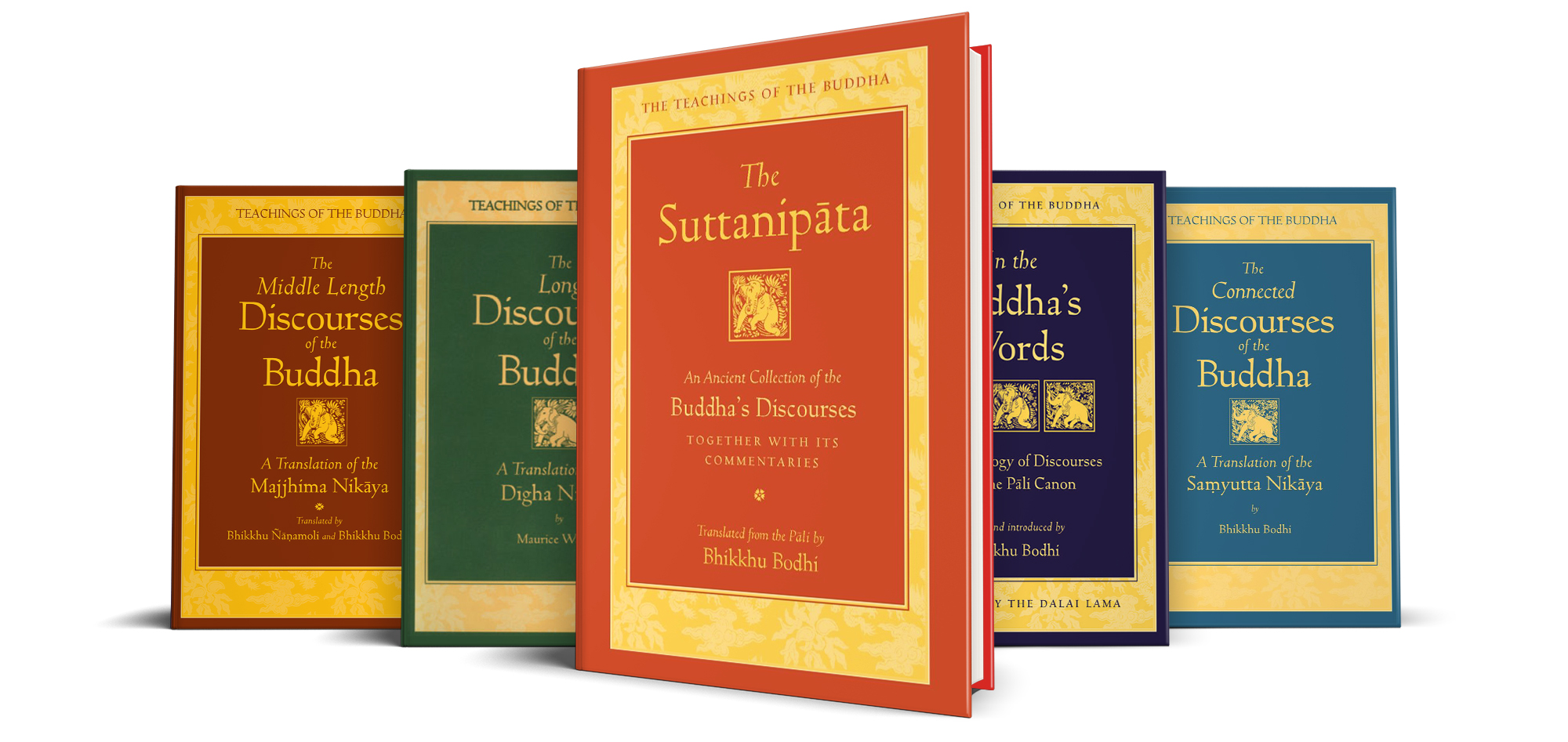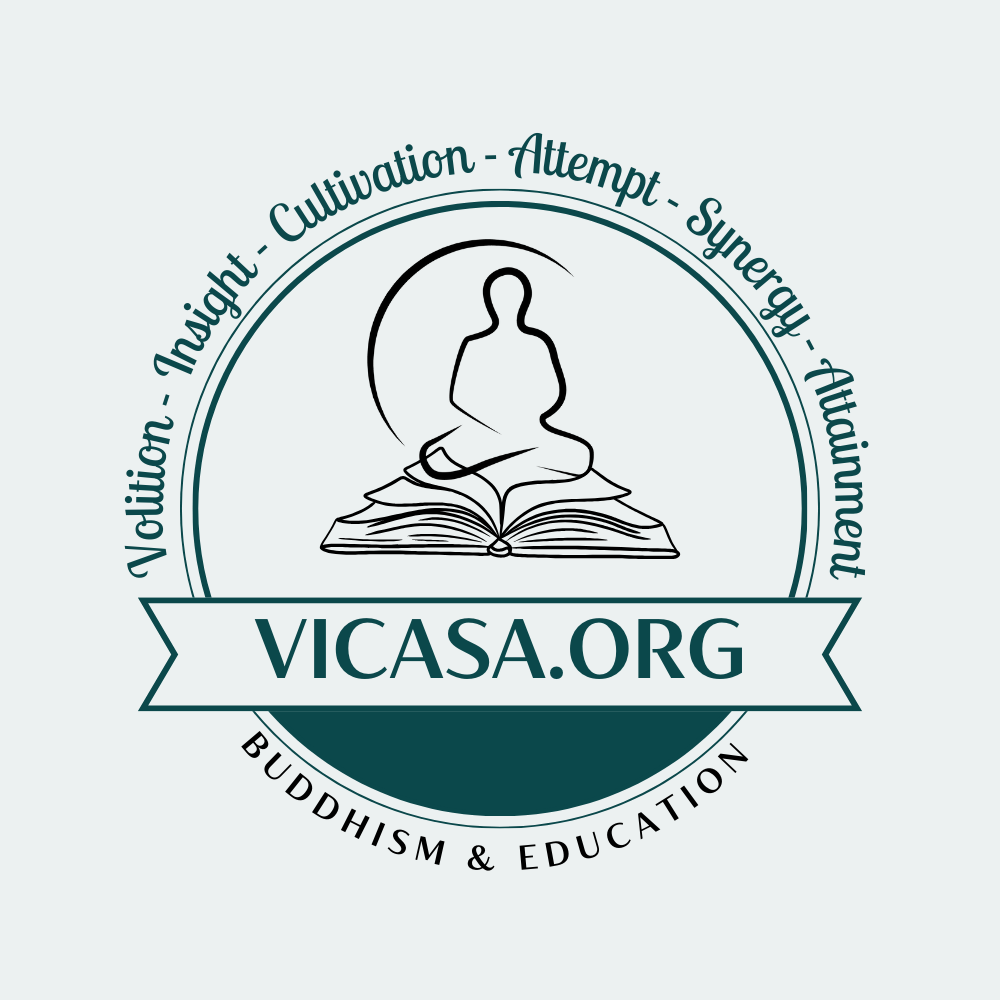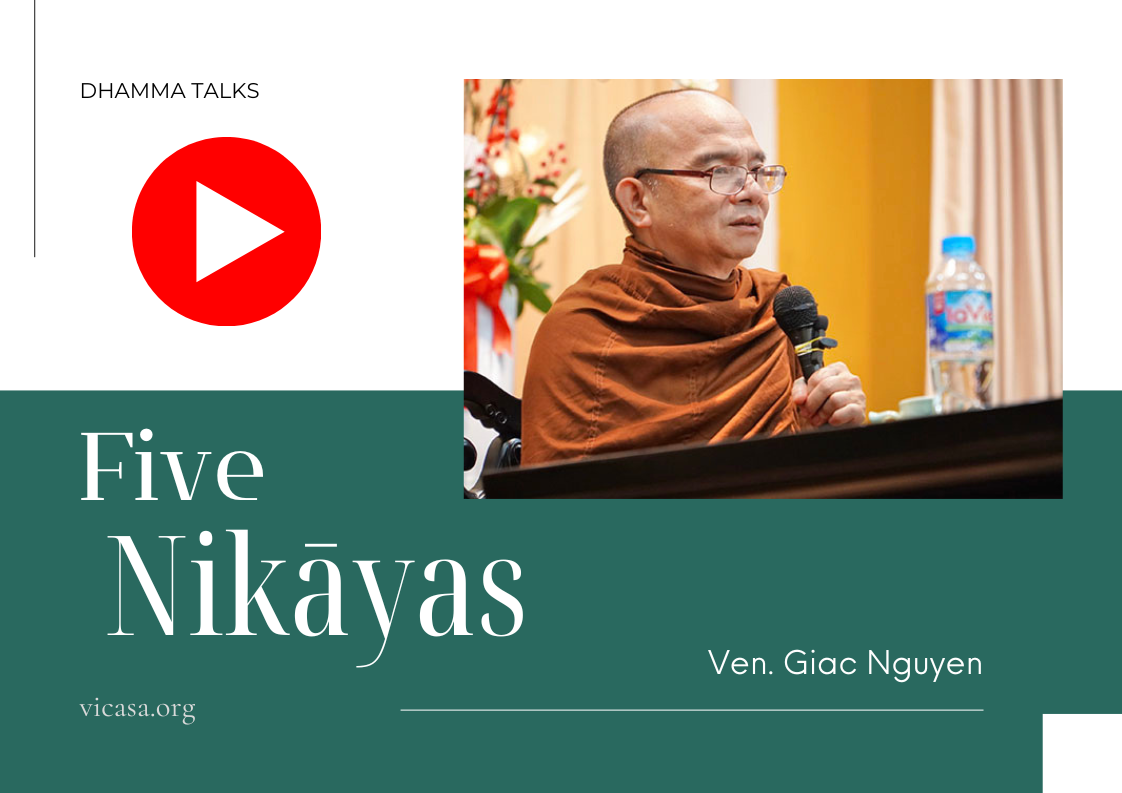Sutta Pitaka – Nikāya

What is the Sutta Piṭaka?
In the Pāli Canon, particularly, the Suttanta Piṭaka, the meaning of nikāya is roughly equal to the English collection and is utilized to introduce groupings of discourses according to theme, length, or other categories.
The Suttanta Piṭaka (Basket of Discourse) is a collection of all the oral discourses in their entirety addressed by the Buddha on different occasions. The Suttanta Piṭaka is divided into five separate collections known as Nikāyas. They are Dīgha Nikāya, Majjhima Nikāya, Saṃyutta Nikāya, Āṅguttara Nikāya, and Khuddaka Nikāya.
What is Nikāya?
Nikāya is a Pāli word that means “volume,” “collection,” “assemblage,” “class,” or “group.”[1] It is most commonly used in reference to the Pali Buddhist scriptures of the Tipitaka texts, namely those found in the Suttanta Piṭaka (Discourse Basket).
The term Nikāya Buddhism is sometimes used in contemporary scholarship to refer to the Buddhism of the early Buddhist schools.


